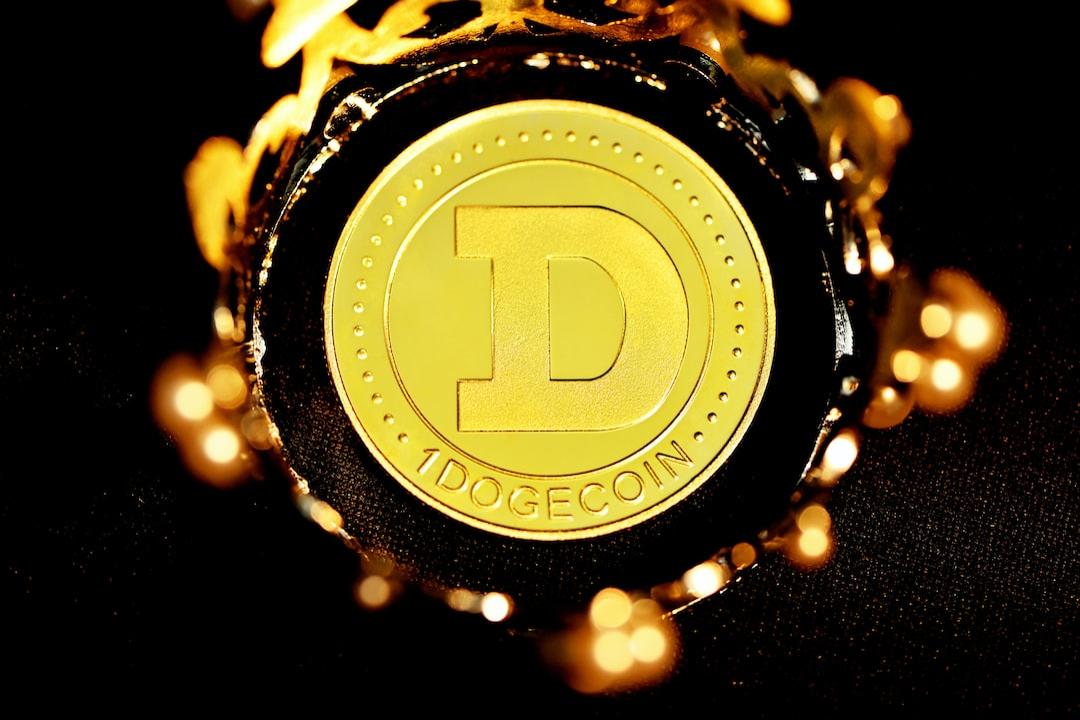Vitalik’s Focus Remains on Ethereum’s Technological Development
(Background: V God’s Speech “Ethereum Takes Off”: 12 Seconds to Complete L1 L2 Communication, Choose Two of OP, ZK, TEE Verification Methods)
(Context: Ethereum Drops Back to Five Years Ago! “ETH/BTC” Falls Below 0.02, Creating a New Low Since 2020; Community FUD Continues)
On the morning of April 8, Ethereum founder Vitalik returned to Hong Kong after a year and attended the Web3 Scholars Summit. As usual, the audience was packed, and applause was continuous.
At the same time, market data shows that Ethereum’s latest price has reached $1450, down over 60% from its peak of $4000, and it fell below the $1500 mark on April 7, with a daily decline of over 15%.
In the face of such market conditions for Ethereum, what does V God think as a community leader? Unfortunately, V God does not see it that way. His focus remains on the technological development of Ethereum.

The key points of this speech: Vitalik reiterated Ethereum’s long-term goals, including achieving 12-second native asynchronous communication between L2 and L1; users can still perform various operations through intent modes (such as obtaining latency below 12 seconds or better costs), but liquidity costs will become extremely low; significantly enhance the coupling of L2 and L1, promoting more applications to deploy components on both L2 and L1 simultaneously. Vitalik Buterin also stated that accelerating L2 confirmation times and constructing a more integrated Ethereum system requires the following steps: ZK+TEE+ OP “choose two” design, L1 asynchronous load, proof aggregation, and reducing proof delays.
Unlike previous cycles where Ethereum dominated, this round features vastly different opinions from various institutions regarding Ethereum.
In a report released by Standard Chartered Bank in March 2025, the target price for Ethereum was drastically cut from $8500 to $2500, a decline of up to 70%. The report pointed to three core risks: tightening global regulatory policies, obstacles in the development of the Layer 2 ecosystem, and massive withdrawals by institutional investors, particularly warning that the U.S. SEC may classify ETH as a security, which would be a regulatory bombshell. Data shows that the top 100 Ethereum addresses hold 39% of ETH, indicating a much lower degree of decentralization compared to Bitcoin (14%), facing the risk of alternatives from public chains like Solana and Cardano. Morgan Stanley predicts that the ETH/BTC exchange rate will drop to 0.015 by 2027, setting a new low since 2017.
However, Grayscale still lists ETH as a core asset in its Q1 2025 cryptocurrency asset list, believing that its technological foundation and ecosystem are irreplaceable. Galaxy Digital emphasized that staking economics (annualized 4% returns) and Layer 2 integration (70% of on-chain activity has migrated to L2) will enhance ETH’s long-term value, predicting that ETH prices may exceed $5500 in 2025. Additionally, new scenarios such as tokenized assets (e.g., 70% of U.S. government bonds issued on Ethereum) and AI agents (e.g., Virtual Protocol on Base chain) could become new engines of growth.
The “ZK+TEE+OP choose two” technical roadmap proposed by V God aims to achieve deep coupling between L2 and L1 through the combination of zero-knowledge proofs, trusted execution environments, and optimistic rollups.
If key upgrades such as asynchronous load and proof aggregation can be completed by 2025, Ethereum is expected to regain its performance advantage.
Further Reading: Ethereum Drops Back to Five Years Ago! “ETH/BTC” Falls Below 0.02, Creating a New Low Since 2020; Community FUD Continues
Galaxy Digital predicts that the Pectra upgrade plan will be activated in April-May 2025, enhancing network efficiency through the optimization of the proof-of-stake mechanism and expanding data availability. Additionally, collaborations with traditional financial institutions (e.g., Standard Chartered issuing tokenized bonds on Ethereum) and the implementation of AI agent technology may inject new momentum into Ethereum.
The current market divergence regarding Ethereum is fundamentally a trust game concerning its technological iteration speed and ecosystem integration capabilities. Under V God’s “not looking at prices” technicalism, whether Ethereum can transform from a “congested chain” to a “modular network” by 2025 will determine its ability to maintain leadership in the Web3 era. Institutional investors need to closely monitor the progress of technological upgrades, changes in regulatory policies, and the competitive dynamics of emerging public chains to find a balance in a market filled with both risks and opportunities.



